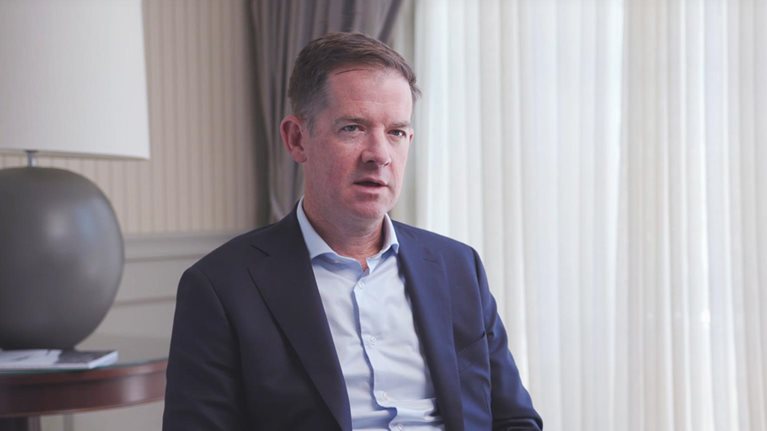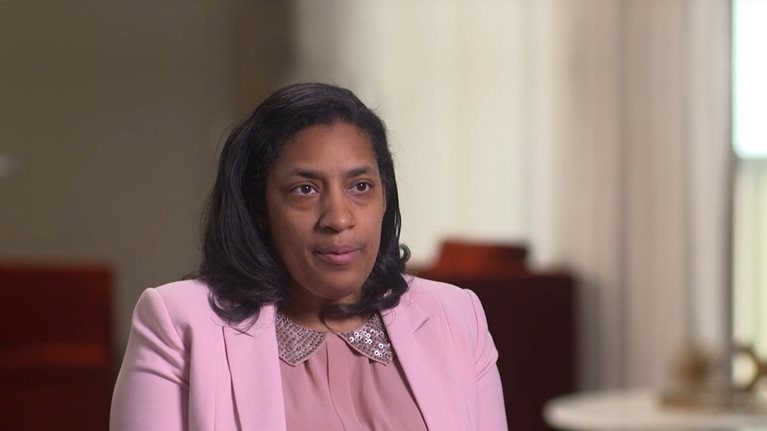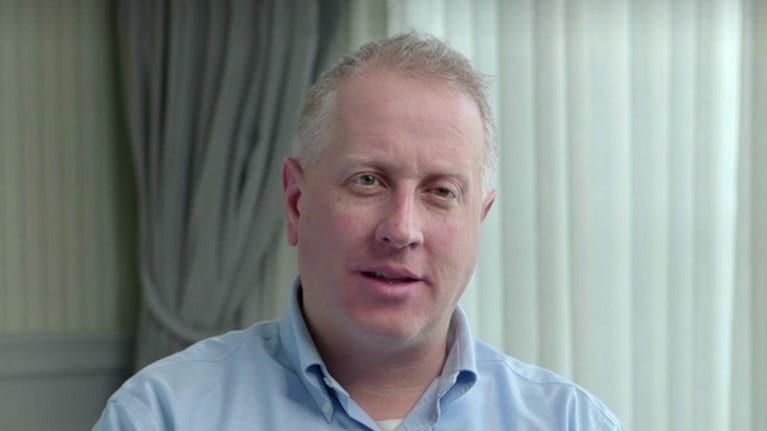Companies aspiring for transformative change must look beyond hitting hard financial targets. In this video, McKinsey senior partners Alejandro Beltrán, Seth Goldstrom, and Matthias Winter outline the steps companies must take to improve culture, mind-sets, and capabilities.
Interview transcript
Seth Goldstrom: There are a few things that make a transformation sustainable over time. One is changing the way work is done. You need an execution engine and a process—just like a manufacturing company would have for making products—that turns ideas into initiatives that boost the bottom line.
Second, you have to develop the right capabilities. That includes both process capabilities that determine how your organization gets things done as well as capabilities that address your organization’s talent. Transformations that develop a formal capability-building program are twice as likely to succeed.
Matthias Winter: To make a transformation sustainable, a company typically goes through an intense phase for one to two years. Often, it builds something like a parallel shadow organization to drive the transformation. This includes the transformation office and the infrastructure that pushes the transformation initiatives. And at the end of that phase, you must embed the principles and mind-set of the transformation office throughout your company, because this shadow organization will disappear and you will have to run the company again through normal channels.
Alejandro Beltrán: To make a transformation sustainable, a company must shift its focus from improving its performance over the next few months to making lasting changes. Beyond achieving the hard targets that you’ve set, you must work on things like culture, mind-sets, and capabilities.
Matthias Winter: If your transformation only focuses on cutting costs, it’s very difficult to excite your organization. As an example, one of my clients realized that it had to reduce costs significantly, by a couple hundred million dollars. But, it said, we’re going to reinvest a big part of these savings into capability building. So, we will train people to give them new capabilities to create fresh opportunities for them.
Seth Goldstrom: In most successful transformations, the leaders are just as, if not more, obsessed about growth than cutting cost.
Alejandro Beltrán: In the end, a transformation needs to be an ongoing improvement process that becomes part of a company’s day-to-day operations and enables it to become better and better over time. That’s why we emphasize sustainability and maintaining a medium-term perspective, instead of just focusing on short-term gains.
Seth Goldstrom: Lastly, and most importantly, you need change the culture to reinforce these things and create a healthy organization that’s not just performance oriented, but that’s also supporting long-term health.


